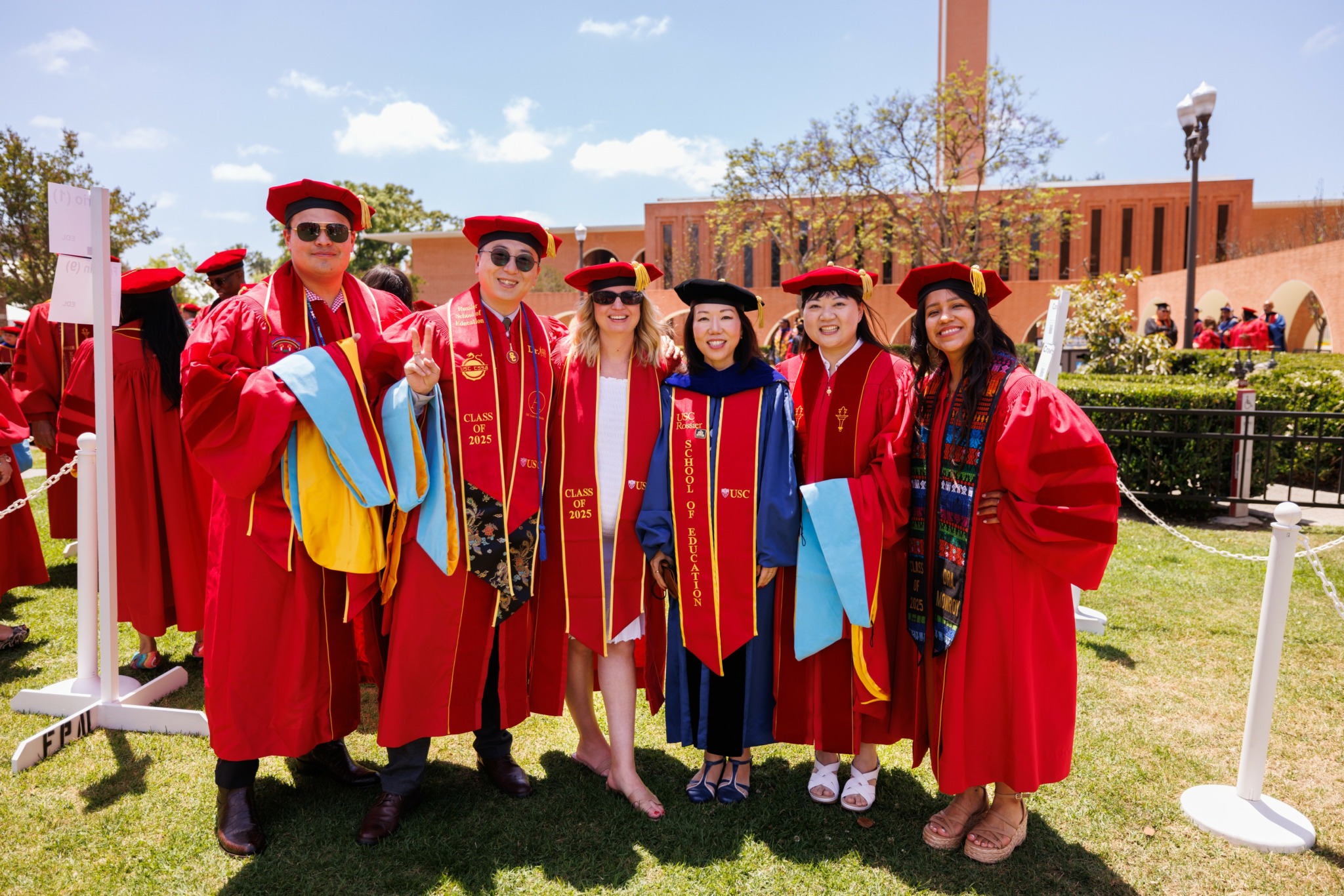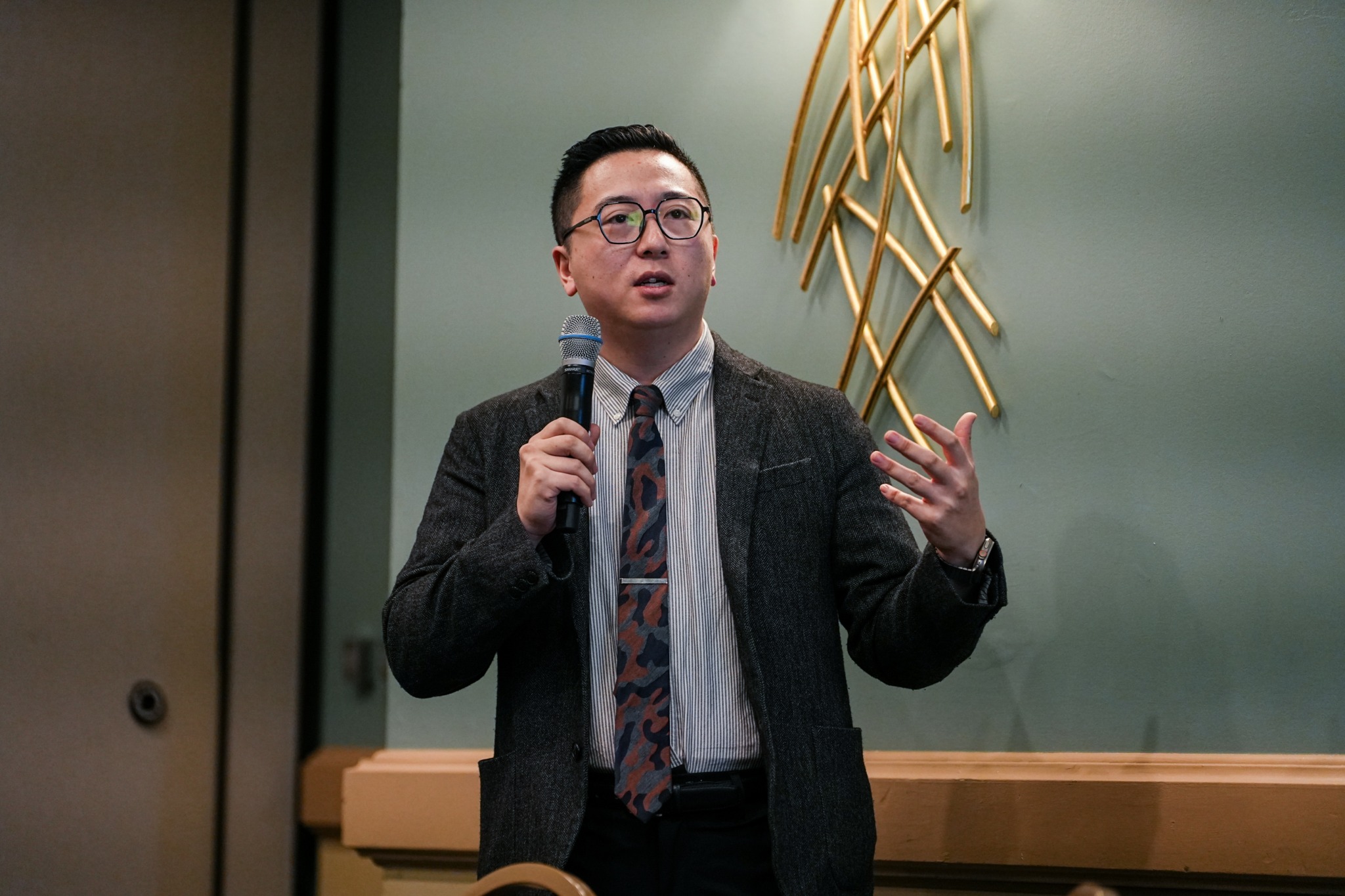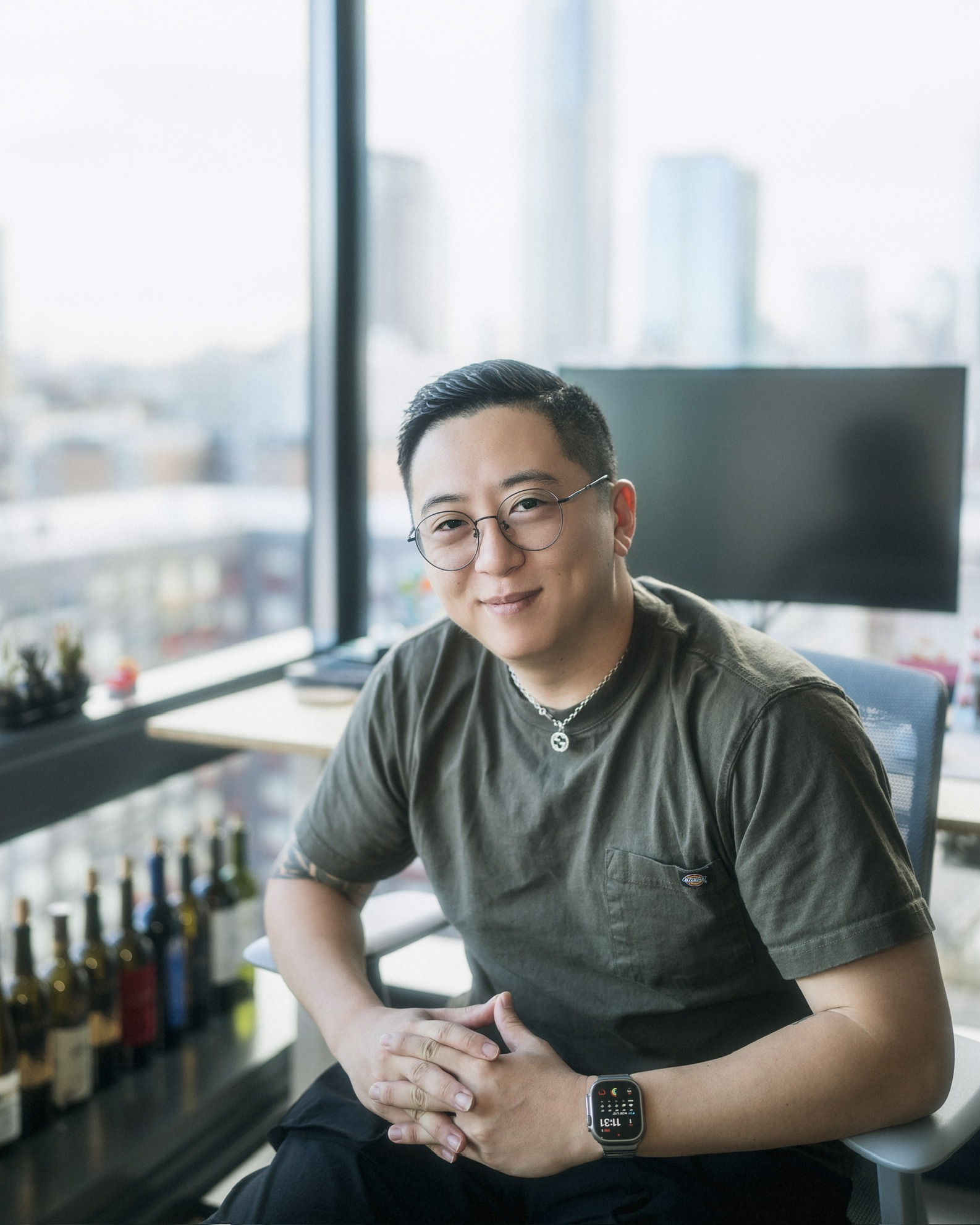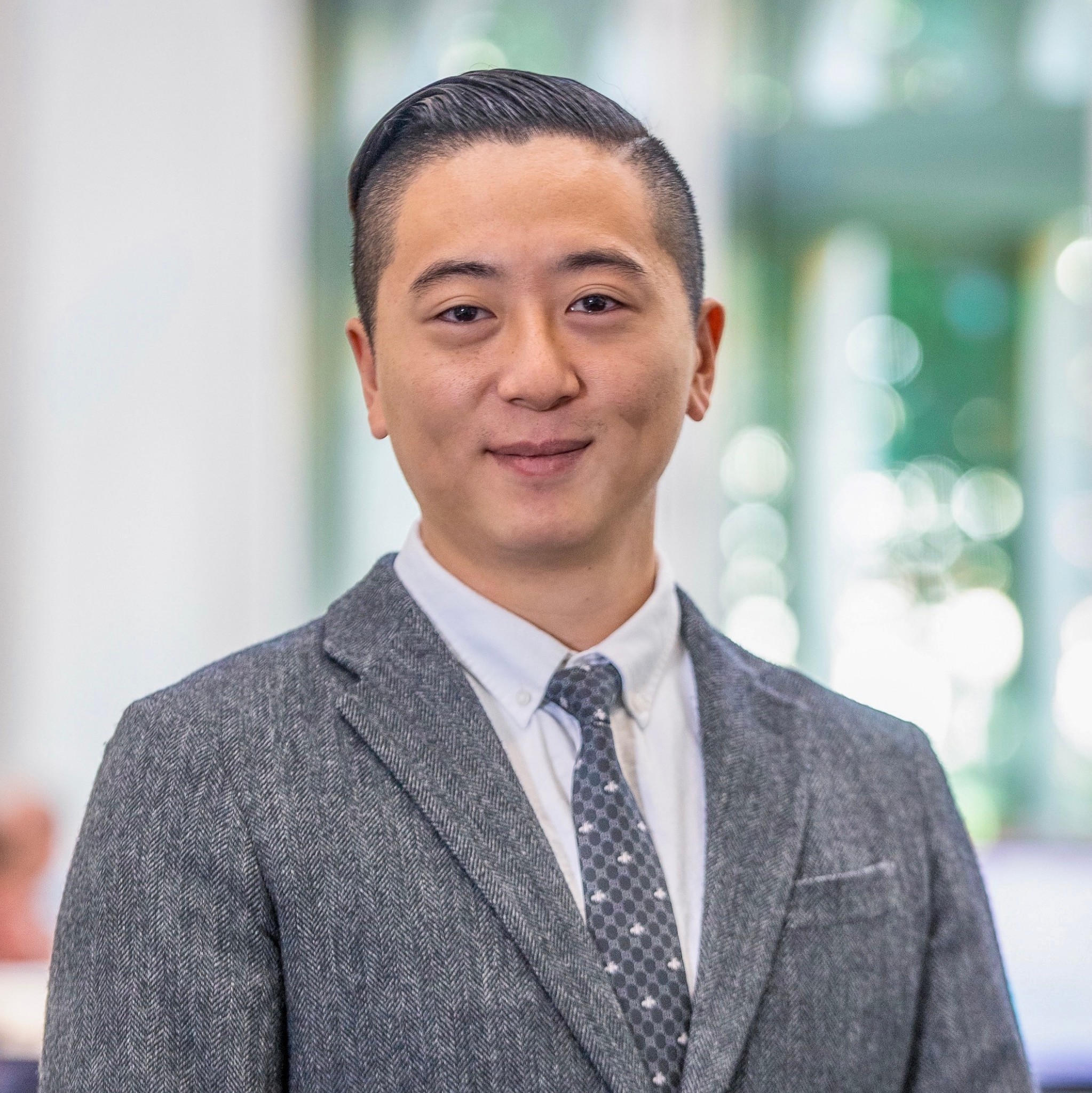Alright – so today we’ve got the honor of introducing you to Haishan Yang. We think you’ll enjoy our conversation, we’ve shared it below.
Haishan, thanks for taking the time to share your stories with us today Let’s kick things off with your mission – what is it and what’s the story behind why it’s your mission?
I am an education researcher, a recent doctoral graduate, and a career student affairs professional. My mission has always been “make an impact, be the change, serve a purpose”. I think as an educator, this is the most noble thing you can do in the education field. Humans are capable of achieving so much, yet all human advancements begin with a student stepping into the classroom and getting educated.
I am a third-generation teacher. My grandmother taught elementary Mandarin literature, and my father spent 17 years teaching IELTS English to students preparing to study abroad. Growing up in that environment, I developed a deep respect for the power of education to change lives. I learned that teaching was never just about content. It was about unlocking potential, building confidence, and shaping futures. It usually takes a village and decades of effort.
When it came time for me to choose a college major during the second year of my undergraduate studies, I knew I wanted to follow that path. I pursued secondary education and earned my teaching credential in New York, becoming the only East Asian student in my cohort to do so that year. It was not easy, but I believed in the mission. There were a lot of early mornings and late nights involved. During my time student-teaching at Syracuse, I met so many students who were bright and full of potential, but didn’t always have access to the resources, information, or encouragement they needed to imagine themselves in college or the broader world. I realized then that I wanted to do more than teach. I wanted to build systems that gave all students a real chance.
That led me to pursue a Master’s in International Higher Education. I wanted to help bridge the gap between high school and college, between aspiration and opportunity. After graduation, I entered student affairs and eventually began researching how international students experience belonging in U.S. colleges, especially outside the classrooms. As I moved from teacher to scholar to practitioner, one thing became clear. Universities often struggle with the same issues as high schools. There are still invisible barriers. There is still a lack of mentorship. There is still a gap between those who are serving and those who are being served.
I care deeply about international students because I was one. I understand the isolation, the adjustment, and the enormous courage it takes just to show up. People often see international students as data points or visa cases. But behind every enrollment number is a story of sacrifice, ambition, and cross-cultural resilience. They ventured across oceans to pursue some of the best education in the world, and we should try our best to make that experience meaningful, impactful, and special. That is why I focus on student belonging, support systems, and the policies that shape them.
Some of my proudest moments have come from seeing students I once mentored go on to pursue careers in education themselves. One of my high school students is now a teacher. One of my former RAs is preparing for a doctorate in education. I stay in touch with them, and I always remind them of this simple truth: your impact matters.
To me, education is about more than degrees. It is about mentorship, courage, and making change one student at a time. My purpose has always been to help others find theirs. That is why I am here, and that is why I will keep going.

Great, appreciate you sharing that with us. Before we ask you to share more of your insights, can you take a moment to introduce yourself and how you got to where you are today to our readers.
I’m Haishan “Sam” Yang, an international education scholar and student affairs professional with a focus on institutional belonging, intercultural engagement, and equitable policy design for international students. I consider myself a scholar-practitioner. My work integrates research and practice, shaped by nearly a decade of experience in U.S. higher education.
I have served in multiple functional areas, including residential life, student conduct, peer mentorship, and international student support. At institutions such as the University of Southern California, Boston College, and the University of Vermont, I have led training and supervision efforts, coordinated large-scale orientation and engagement programs, facilitated restorative justice practices, and supported international student integration through both policy and personal advising.
My research centers on the intersection of care and compliance in institutional responses, especially as experienced by Chinese international students. I hold a doctorate in Educational Leadership from USC, and my work has been featured at national conferences including NASPA, ACPA, NAFSA, and AERA. I have developed conceptual frameworks like the Response–Belonging Matrix and burnout prevention models to help campuses create more inclusive, student-centered systems. My scholarship includes peer-reviewed articles, book chapters, and op-eds, all focused on transforming higher education into a more just and globally engaged space.
What sets my work apart is my ability to bridge policy research and real campus practice. I bring lived experience as a former international student, along with deep professional training in student development, cross-cultural leadership, and restorative practice. I am most proud when my work helps students feel seen and supported, and when professionals around me grow into more intentional, equity-minded leaders.
At the core of my practice is the belief that higher education should be a journey for all students to thrive, not just an acquisition of degrees. I am committed to building the systems and communities that make that vision possible.

Can you share a story from your journey that illustrates your resilience?
I often say I was “the impossible” trying to achieve the unthinkable. At every stage of my educational and professional journey, I’ve been someone defying the odds. As an undergraduate student majoring in education, I was the only Asian student in my cohort to obtain a New York State teaching credential. My advisor questioned whether someone like me could teach American history in English to U.S. middle schoolers and high schoolers. I said yes. And I did it.
Later, as an international graduate student, I was the first in my program to land a professional student affairs job in the U.S. when everyone said it would be nearly impossible because “not many have done it this way”. For my Master’s thesis, I chose a topic that few thought was feasible. My professors warned me that qualitative research on Chinese international students’ sense of belonging in residence halls would be too niche or too difficult to recruit for. I persisted and conducted 15 interviews. The results not only validated my questions but also opened up pathways for my doctoral research on institutional care, compliance, and belonging a few years later. Similarly, my research work had to have seen a few failures in submission before it could be accepted and published. The x factor is persistence in the face of questions and doubt.
Over the years, I have learned that resilience isn’t just about enduring challenges. It’s about reshaping the story when others doubt you. Diamonds are formed under pressure. I’ve built a mindset that welcomes resistance as a sign I’m doing meaningful work. Now, as a higher education researcher and practitioner, I continue to be “the one” in many spaces. I’m not afraid of being tokenized because I choose to be the presence, the voice, and the change. Being underestimated has never been a disadvantage to me—it has been a motivation infused with the “if not me, who? If not now, when?” mindset.

Do you have any insights you can share related to maintaining high team morale?
At one point, I led a residential team of 24 staff members responsible for a community of over 1,000 students, including two dining halls, a fitness center, and a first-year living-learning community. My team included veterans and newcomers, full-time and part-time staff, each with their own working styles and needs. What kept us grounded was not just structure, but shared purpose. My advice is this: if you want people to commit with heart, help them understand what they are fighting for, not just what they are responsible for.
During my doctoral studies, I dove deep into leadership theories that shaped how I mentor, manage, and mobilize teams. I draw from Restorative Practices, trauma-informed leadership, and culturally responsive supervision. I believe that staff morale depends on more than incentives. It thrives when people feel seen, valued, and safe to grow. That means investing in mentorship, being honest in moments of conflict, and celebrating the full spectrum of identities people bring to the table.
Higher education today faces enormous shifts in the wake of the pandemic, global instability, burnout, and understaffing. This only reinforces the need for leaders who prioritize belonging, resilience, and community pride. The best teams I’ve worked with weren’t just well-trained. They trusted each other and believed that their work mattered. When you lead with empathy, clarity, and purpose, morale doesn’t just rise—it sustains.
Contact Info:
- Instagram: https://www.instagram.com/sammydepth
- Linkedin: https://www.linkedin.com/in/sammydepth/



Image Credits
@yilongmusic and @drake.lee.photos


